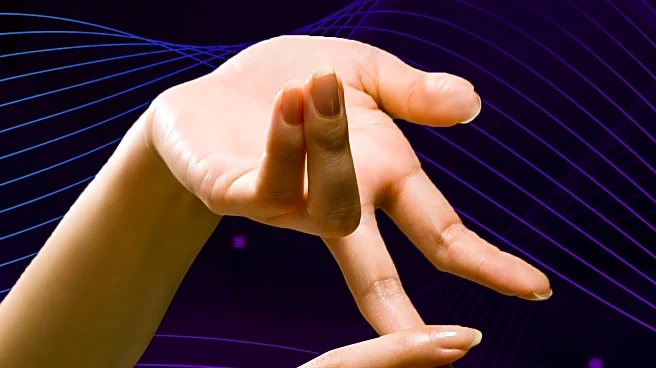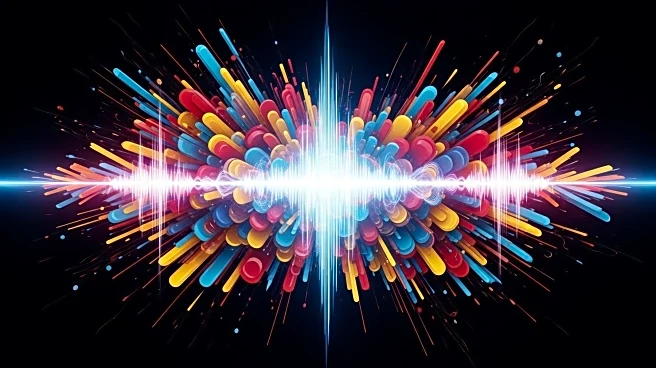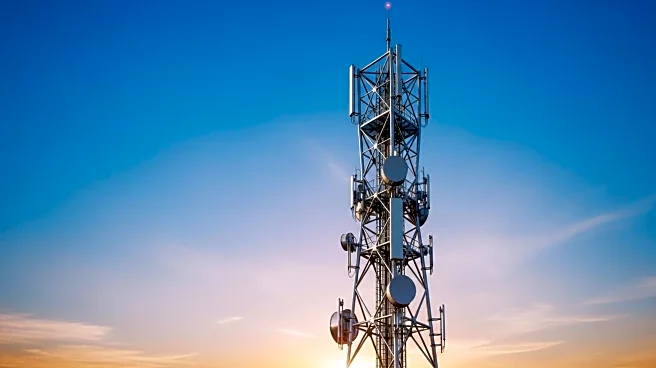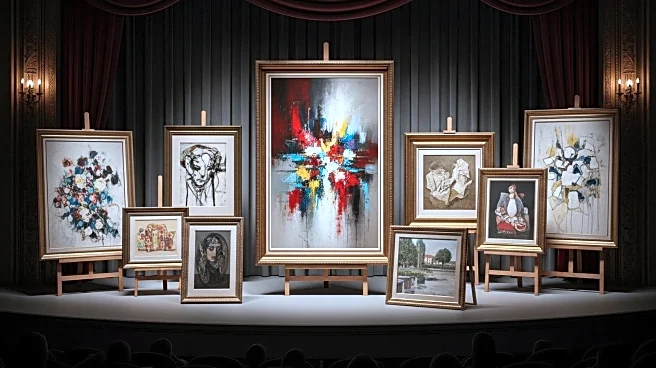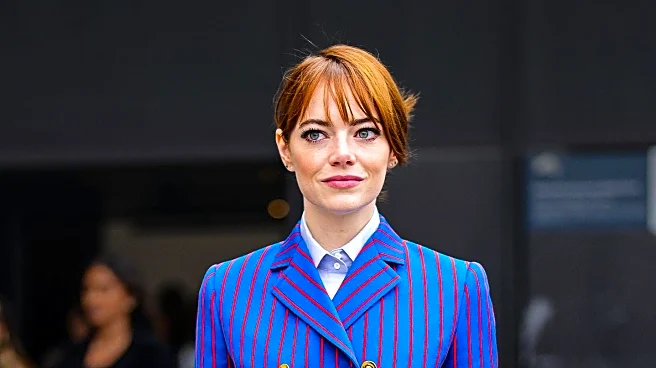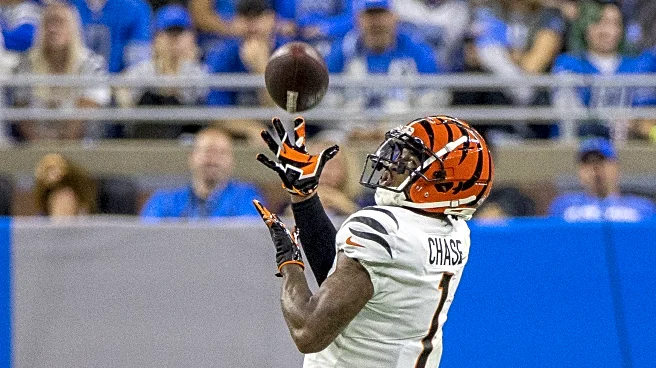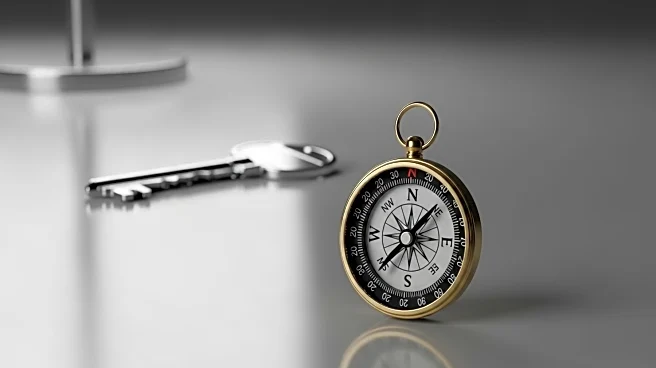What's Happening?
A groundbreaking event, the world's first rave organized by and for deaf individuals, was successfully launched by a determined organizer who has been deaf since birth. The event, held at the International Students House in London, attracted 700 attendees and featured a unique setup that included a vibrating floor and haptic vests to allow participants to feel the music. The organizer, who has been passionate about raving since the early 1990s, aimed to create a space where deaf individuals could enjoy the rave culture without feeling excluded. The event was a significant milestone in promoting inclusivity within the deaf community, offering a platform for deaf artists and DJs to showcase their talents.
Why It's Important?
This event highlights the importance of inclusivity and accessibility in social and cultural activities. By creating a space where deaf individuals can fully participate in rave culture, the organizer has not only provided entertainment but also fostered a sense of community and belonging. This initiative challenges the traditional norms of club culture, which often overlook the needs of the deaf community. The success of the event demonstrates a demand for more inclusive events and could inspire similar initiatives worldwide, promoting greater awareness and understanding of the needs of the deaf community.
What's Next?
Following the success of the initial event, the organizer plans to expand the concept of Deaf Rave to other locations and continue collaborating with technology companies to enhance the experience for deaf participants. Future events may include more advanced haptic technology and collaborations with international deaf artists. Additionally, the organizer is working on educational initiatives, such as DJ workshops for deaf children, to inspire the next generation and ensure that the deaf community continues to have a voice in the music and entertainment industry.
Beyond the Headlines
The event also raises broader questions about accessibility in public spaces and the responsibility of event organizers to accommodate diverse audiences. It challenges societal perceptions of disability and highlights the potential for technology to bridge gaps in accessibility. The success of Deaf Rave could lead to increased advocacy for the rights of the deaf community and greater investment in technologies that enhance accessibility in various sectors.

